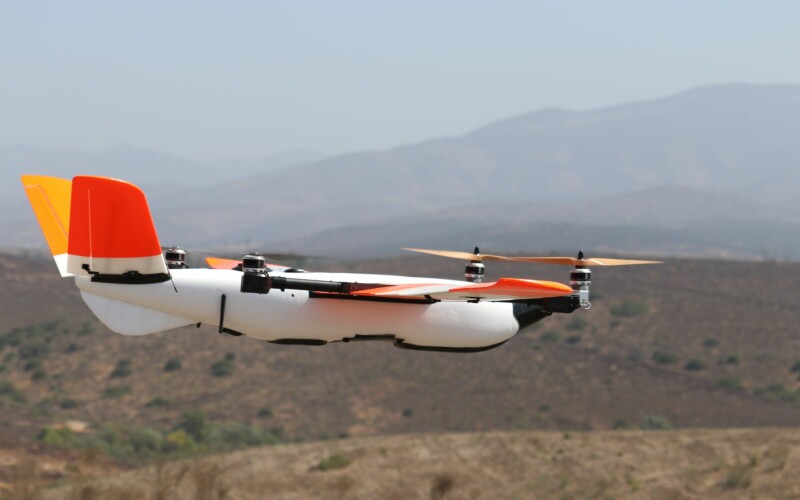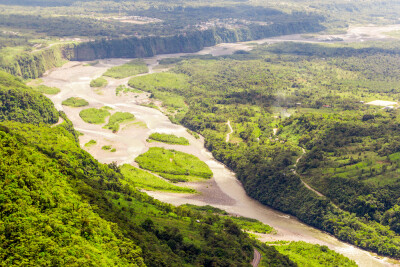Earlier this month, the Federal Aviation Administration (FAA) awarded Censys Technologies and Soaring Eagle Technologies a Beyond Visual Line of Sight (BVLOS) waiver that covers a 12-mile commercial distance, the longest distance approved by the FAA for such inspection missions.
The waiver is the third BVLOS waiver issued to Soaring Eagle, a drone inspection company, with the assistance of Censys, a builder of remote sensing solutions for UAS service providers, enterprise organizations, and government entities.
Will Paden, president of Soaring Eagle Technologies, told Commercial UAV News that the waiver will be used to inspect transmission power lines. The extended distance will help lower the cost of these data acquisition operations.
“This waiver helps reduce costs due to the efficiency of flying longer routes in one mission and covering more data in a single flight,” Paden stated. “In contrast to flying helicopters, this waiver is a step forward for furthering the use of UAS (unmanned aircraft systems), which continues to be the most efficient alternative to capture infrastructure data.”
In addition, Paden asserted, the waiver will lead to reductions in the impact of these operations on the environment. “Not only is the data more comprehensive, the unmanned vehicles are greener technologies to use because they do not leave the carbon footprint that helicopters do,” he explained. “The UAS are also safer—because the Soaring Eagle pilots operating the drones are certified experts with significant flight hour expertise—than alternatives such as using manned vehicles or scaffolding and ladders.”
Over the past three years, Censys and Soaring Eagle have worked with the FAA to build a reputable safety case using Iris Automation’s advanced detect-and-avoid technology (DAA) system, Casia. As part of the effort, the firms have completed thousands of flights.
“We have over 60 BVLOS operations under our belt, working directly for utilities,” Paden reported. “Some of those operations included more than 50 miles of transmission patrol in a day with a single aircraft. That work was always tied to a major weather event. The reason this waiver is such a major milestone is because it's not tied to a storm-response event. This is a precursor to more regular use of BVLOS by utilities and that will come with dramatic cost savings and lowered environmental impact when compared to using manned aircraft for patrols and mapping.”
Paden believes that the waiver will lead to further advances in UAS data collection.
“Censys and Soaring Eagle are just getting started in servicing the broad demand for BVLOS services,” he asserted. “As these services apply to critical infrastructure inspections, including utilities, bridges, sensitive sites, buildings as well as post-storm missions, this new milestone is a huge step to continue to advance the use of the technology. While other cutting-edge technologies, such as satellite, continue to evolve for these same applications, they are much more cost-prohibitive and not as practical for the end-users as the data collected via UAS.”















Comments